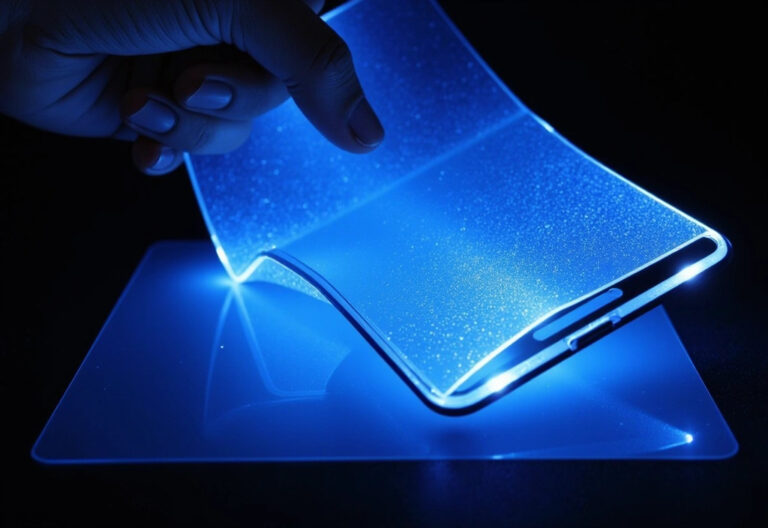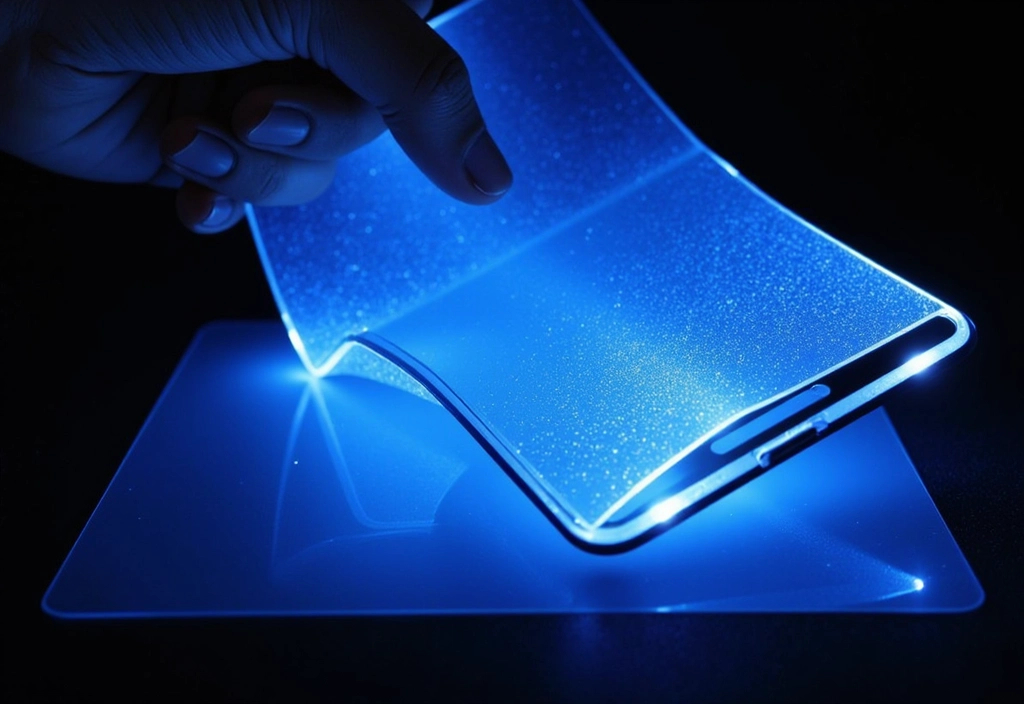Scotch Tape Just Got an Upgrade—and It Generates Electricity
Imagine charging a wearable sensor using nothing but tape. That’s exactly what researchers have achieved with a new triboelectric generator made from common Scotch brand adhesive tapes. By cleverly leveraging the natural electrical charge created when different materials rub together, this team developed a powerful, low-cost energy harvesting device with broad applications in health, sound sensing, and beyond.
What Is a Triboelectric Generator?
Triboelectric generators convert mechanical energy—like vibration or pressure—into electricity through contact and separation between two materials. This phenomenon, called the triboelectric effect, happens when you rub a balloon on your hair or peel tape off a surface.
Until now, most triboelectric nanogenerators (TENGs) required specialized materials and complex manufacturing. This new design? It uses off-the-shelf Scotch long-lasting and box-lock tape, along with metallized PET (polyethylene terephthalate) film. That’s it.
How It Works
The setup sandwiches layers of tape between two plastic plates. When pressed and released, the acrylic adhesive on the tape interacts with the polypropylene (PP) backing layer, creating microscopic charge imbalances known as atomic gaps. These gaps are where energy is generated.
- More layers = more power: Two layers of long-lasting tape and two layers of box-lock tape generated 53 mW of peak power—enough to light up 366 LEDs.
- Wide frequency range: Unlike other TENGs that only work below 12 Hz, this system works up to 300 Hz, making it ideal for real-world vibrations from motors, body motion, or sound.
- Thin design, no stickiness: Unlike older sticky designs, the smooth surface here allows for high-frequency operation without needing excessive force.
Real-World Applications
The Scotch tape generator isn’t just a lab novelty. Researchers used it to power:
- A 650 nm laser diode at 120 Hz
- A wearable biosensor that tracks forearm and finger motion, without touching the skin
- A triboelectric microphone that records sound with surprising fidelity and minimal background noise
These devices pave the way for self-powered sensors in medical devices, smart wearables, exoskeletons, and even short-range communication tools.
Why It Matters
Triboelectric generators have long been considered promising, but practical issues—like complexity, cost, and low frequency range—held them back. This Scotch tape-based design solves all three:
- Low cost: Made from everyday materials
- High performance: Operates across a broad frequency range
- Scalable: Easy to build, no nanotech required
With growing demand for off-grid, eco-friendly energy sources, this innovation is a powerful reminder that some of the best tech doesn’t require fancy components—it just needs clever thinking.
Check out the cool NewsWade YouTube video about this article!
Article derived from: Wide Bandwidth High-Power Triboelectric Energy Harvesting by Scotch TapeMoon-Hyung Jang, Sean P. Rabbitte, Abdelkader Frendi, Ryan T. Conners, Yu Lei, and Gang WangACS Omega 2025 10 (3), 2778-2789DOI: 10.1021/acsomega.4c08590















